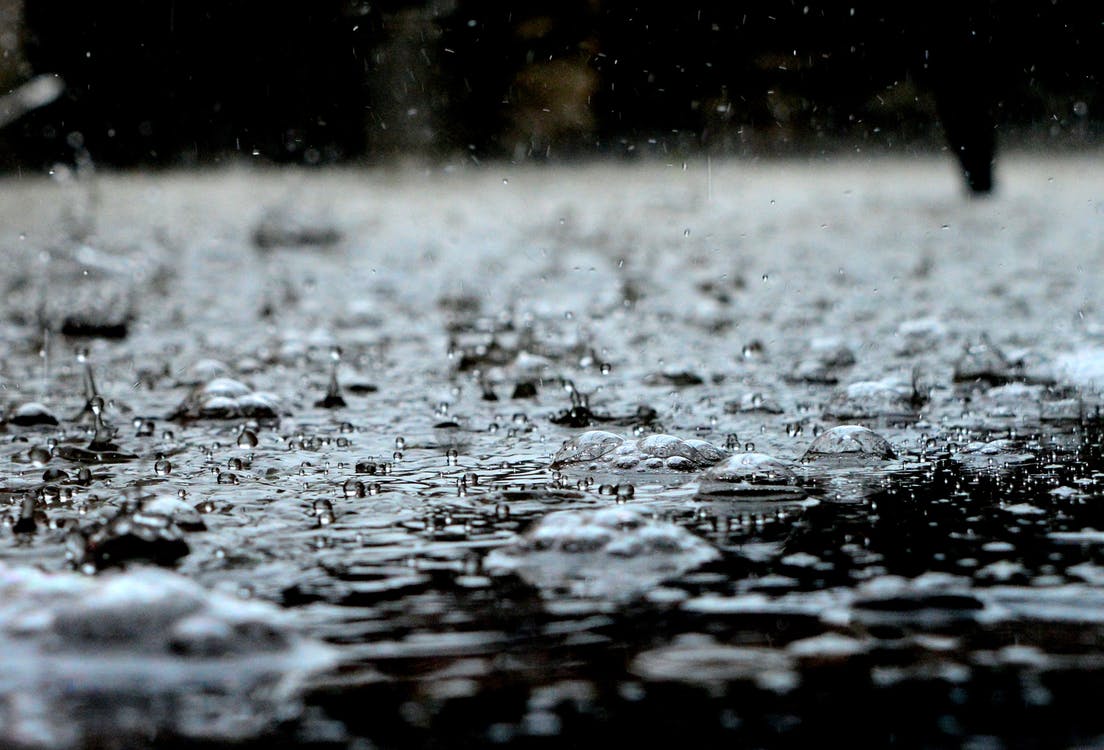November, December, and January are the wettest months of the year on the south coast of BC and five atmospheric rivers in the month have helped keep the lake and river levels high.
In Gibsons, 510 millimetres of precipitation has fallen in 2020, compared to 368 millimetres between January and May of last year.
Environment Canada Meteorologist Armel Castellan said while January is a precursor to determining how wet the next five months will be, July will tell us a lot about what the rest of the year will look like in terms of participation.
“Looking at the past few months, the pressure will be on in June and potentially again in July, if June doesn’t come up to the table and give us some rain,” said Castellan.
He said, “That will dictate how the summer really evolves in terms of drought and agriculture, and wildfire concern.”
By the numbers, the average amount of precipitation recorded at the weather station in Gibsons between January and May is 610 millimetres and right now, 510 millimetres of precipitation has fallen.
Castellan said January serves as a barometer for what the first half of the year will look like.
“January is obviously the heaviest weight because it’s one of the big three months of the year for total accumulations (with November and December), so anytime there is a big January or a very dry January, it’s going to play a role in that five-month weather budget,” said Castellan.
The wettest five-month stretch in Gibsons in recent memory was in 2017 when 723 millimetres of precipitation fell between January and May.


